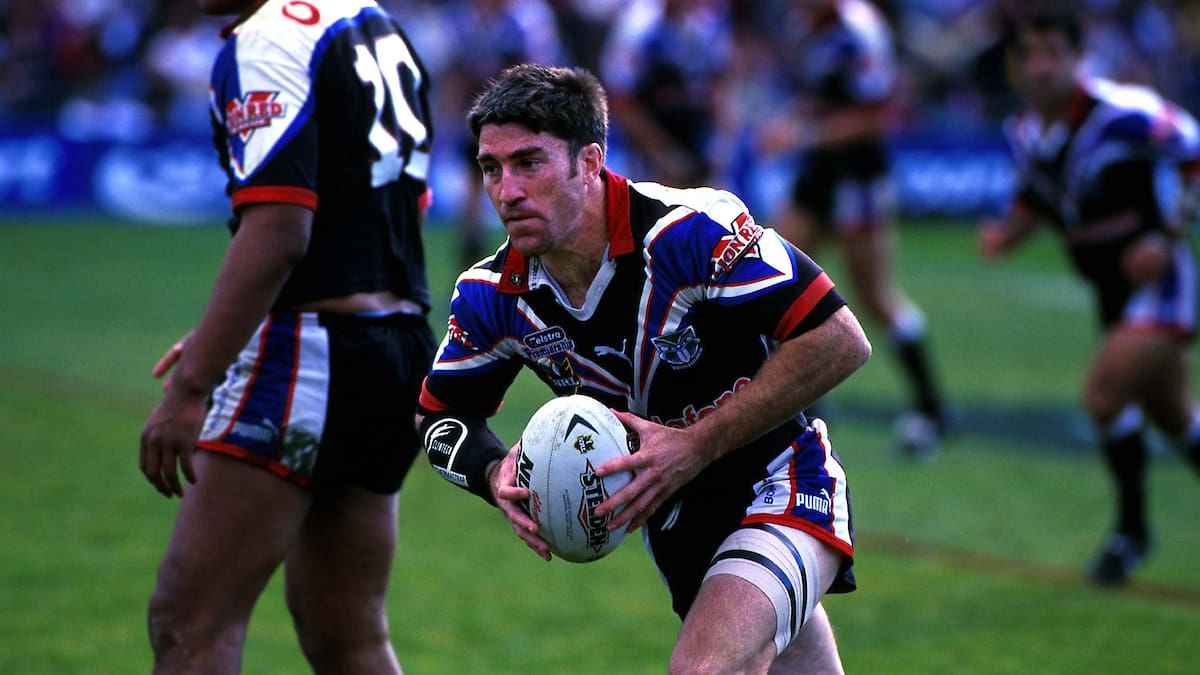“And he told me that I should get tested, and I was like, ‘I don’t want to know’, and he was like, ‘you’ve got to know’.”
Wood said he had his first “really bad” concussion playing for an U21-grade side – after which he went home, went to sleep and lost his eyesight.
“I was in intensive care for two days, completely blind, and then I had to take a year off footy.”
He said that between the ages of 20 and 35, when he retired, he got knocked out twice a season.
“The chances of coming through that unscathed are pretty much zero.
“I knew there were things going on with me that weren’t normal, but I just kept it dark, as you do.”
Wood said he had 133 scans done – 108 of which were abnormal.
He added that his brother Garth – a former rugby league professional – “no doubt has got CTE” and his father Barry – also a first-grade player – suffers from Parkinson’s.
“So that’s three generations of footballers there, we’ve all had our fair share of knocks and have these CTE diagnoses, although my dad hasn’t been tested and neither has my brother.”
Dementia Australia says CTE is linked to repeated head injuries, including concussions and sub-concussive impacts. The most common factors stem from contact sports, repeated falls, or assaults.
“CTE can only be definitively diagnosed after death through neuropathological examination,” it said.
“During life, a medical specialist may diagnose you with suspected CTE, called ‘traumatic encephalopathy syndrome’.”

